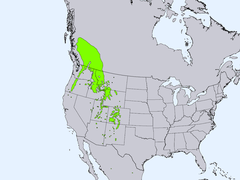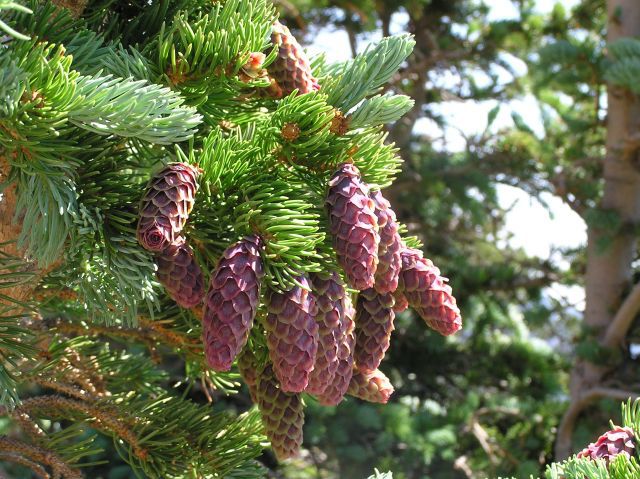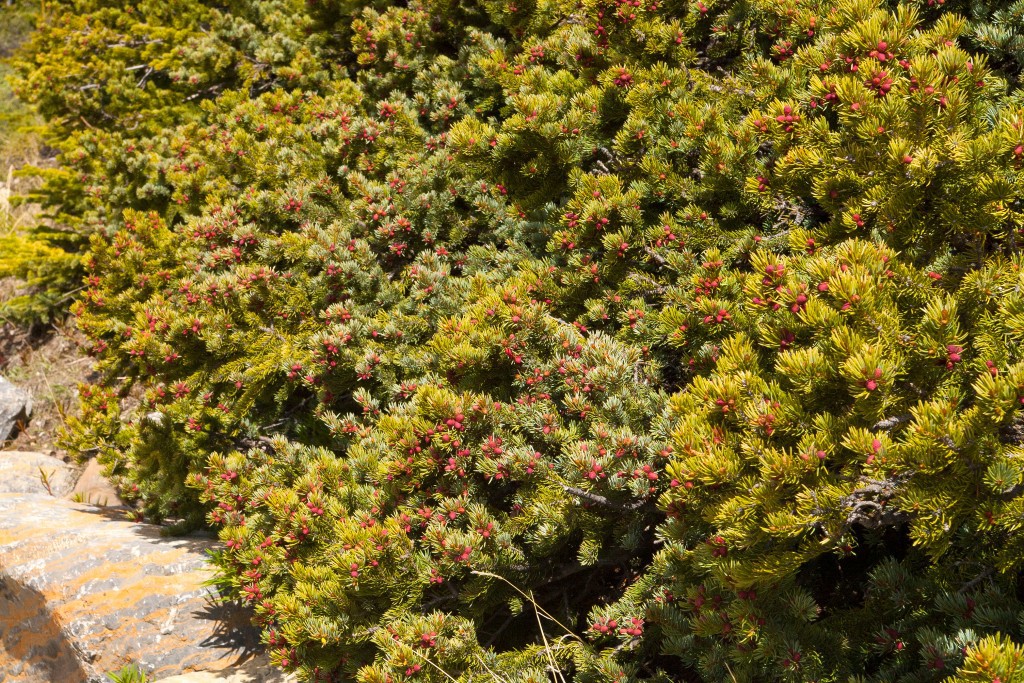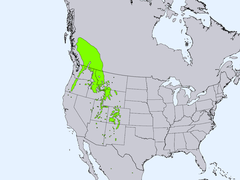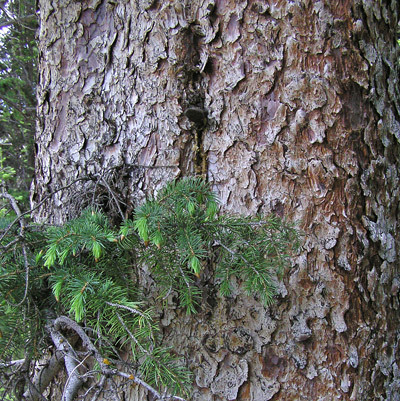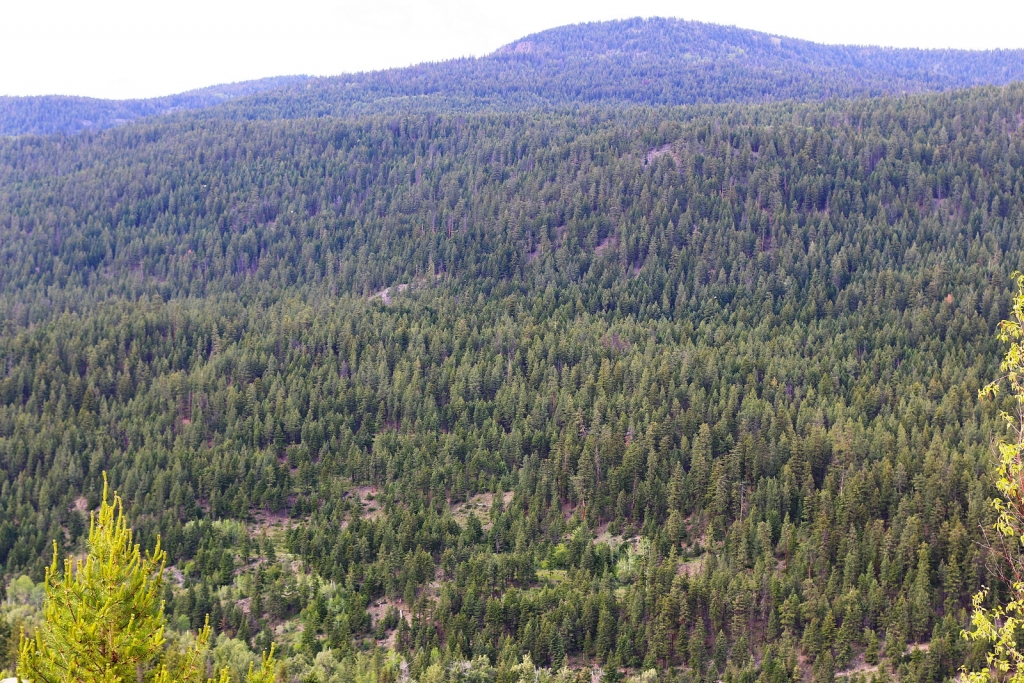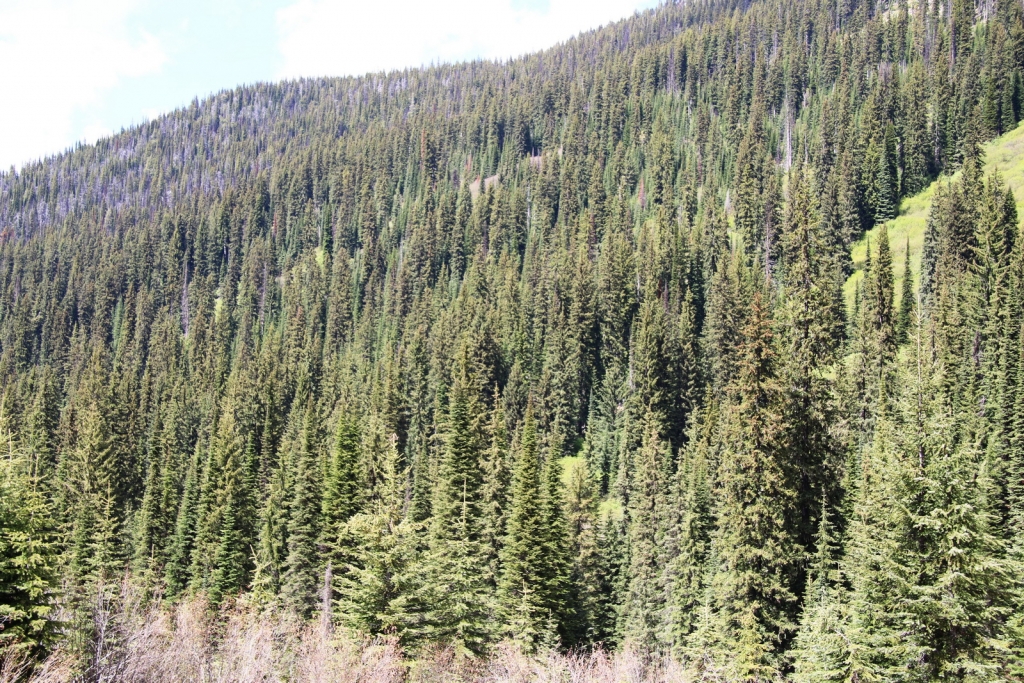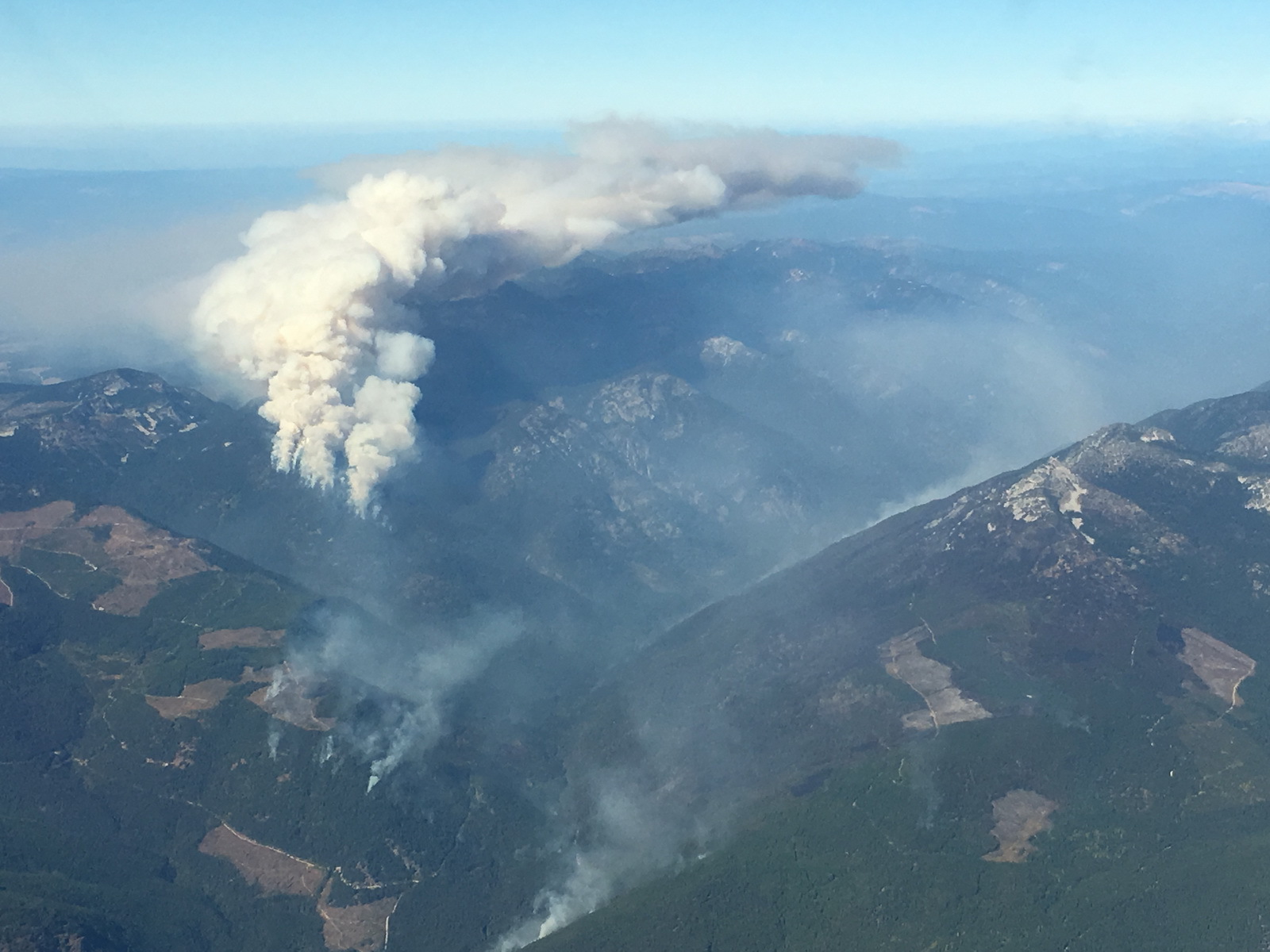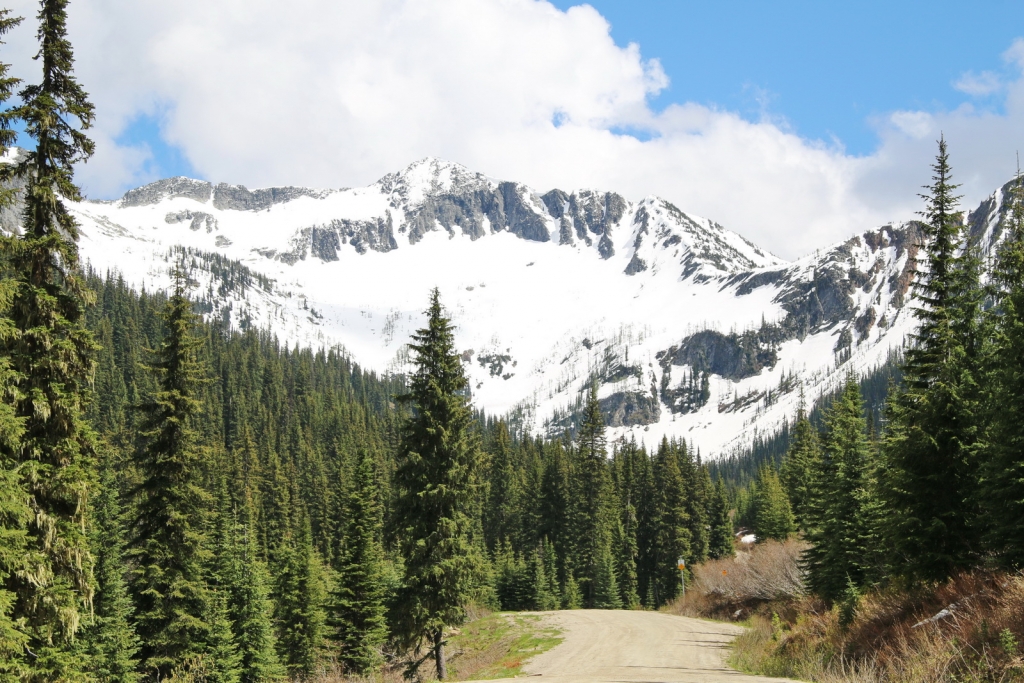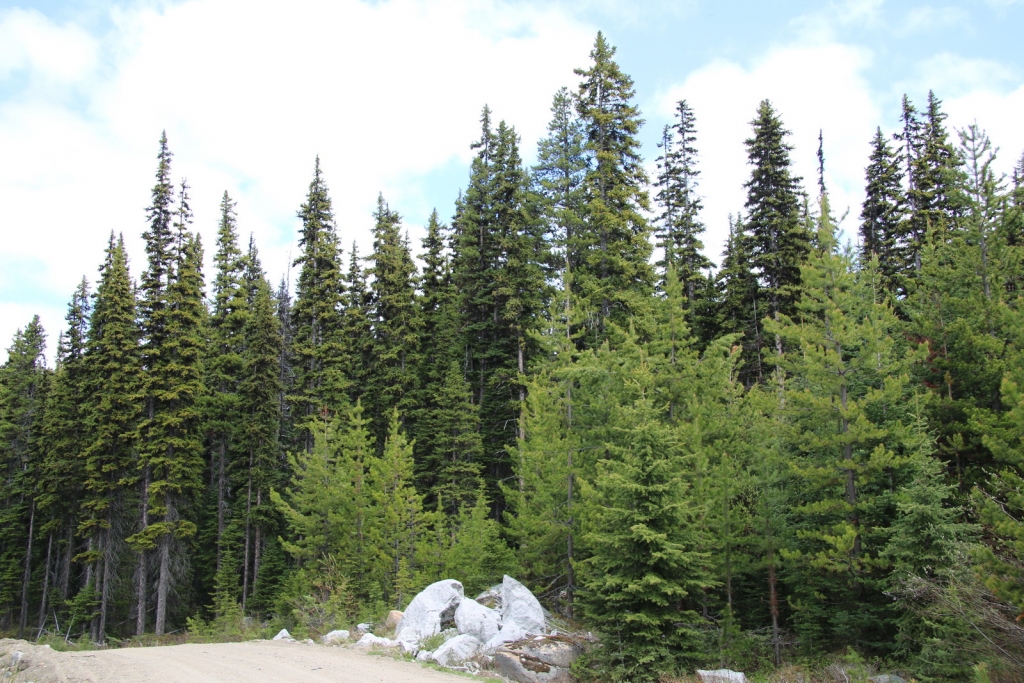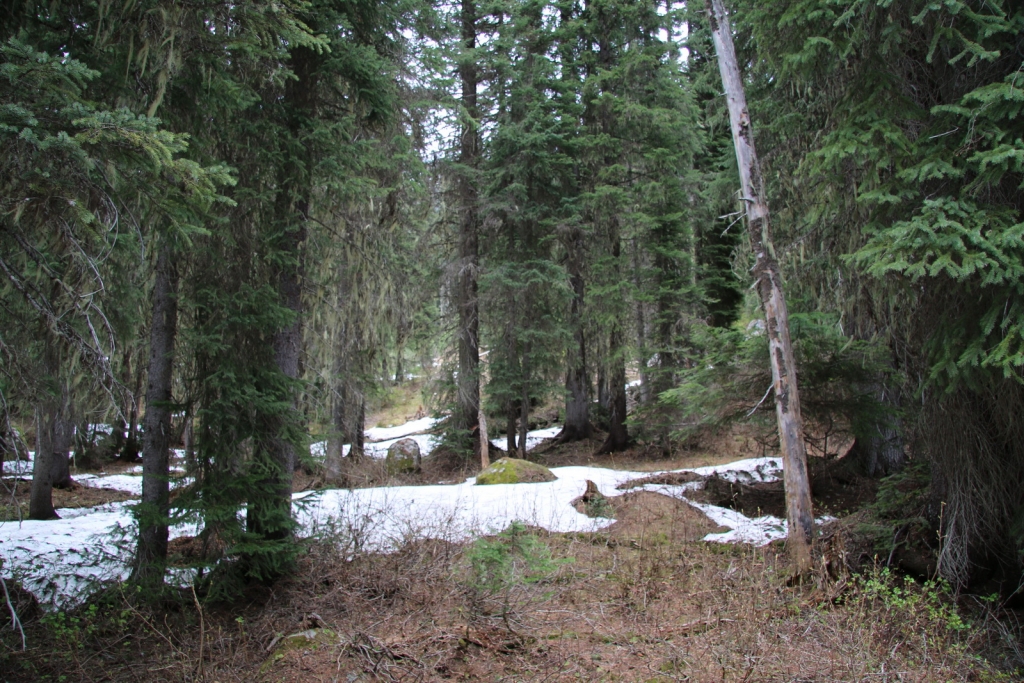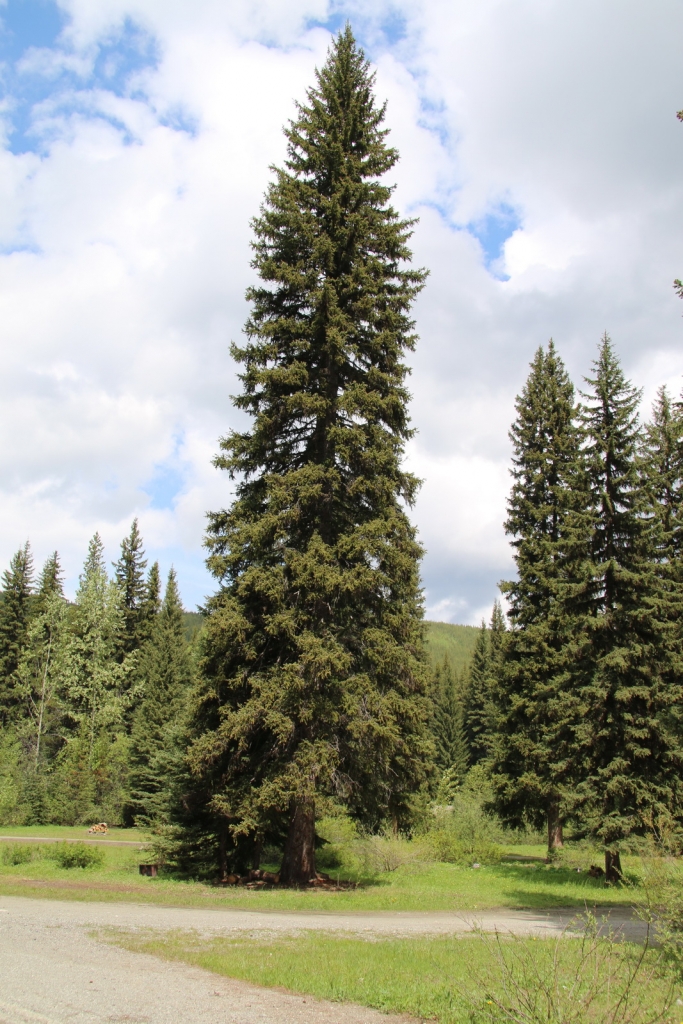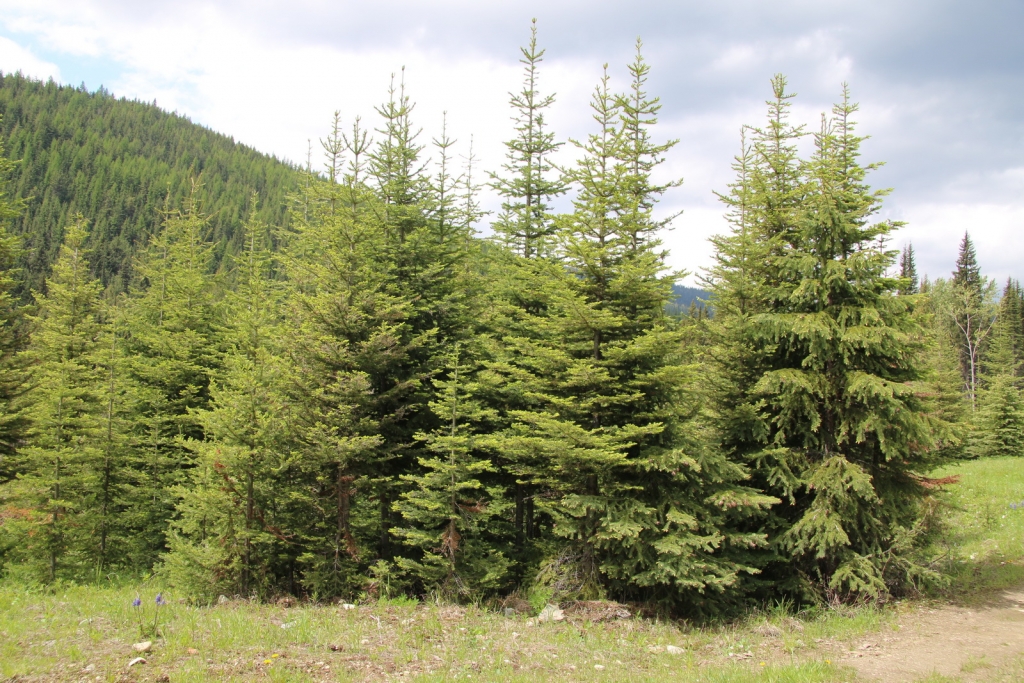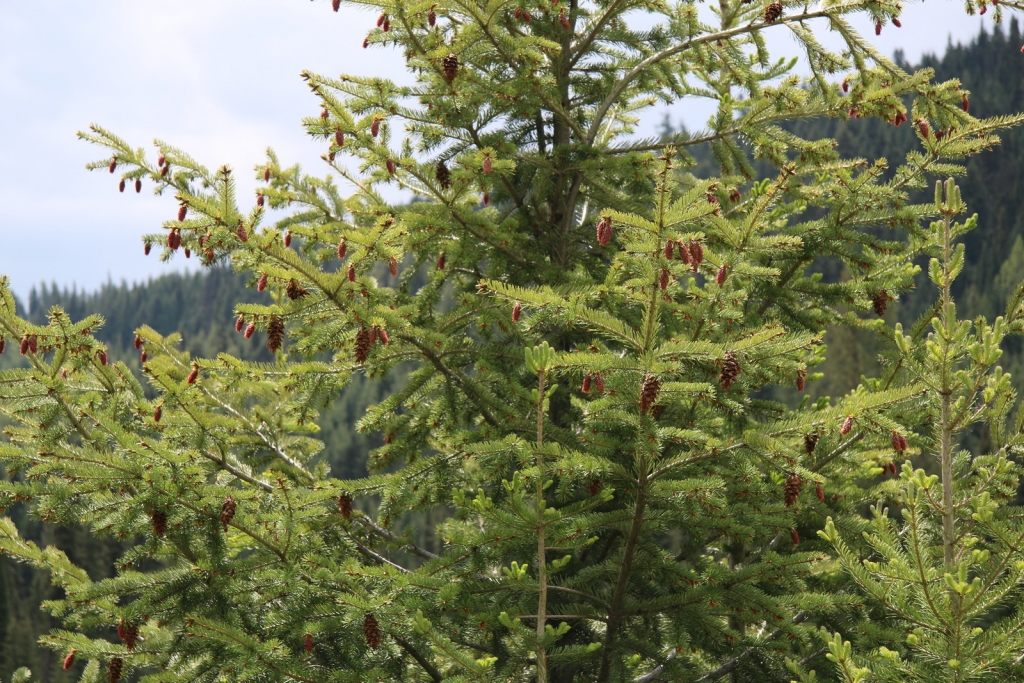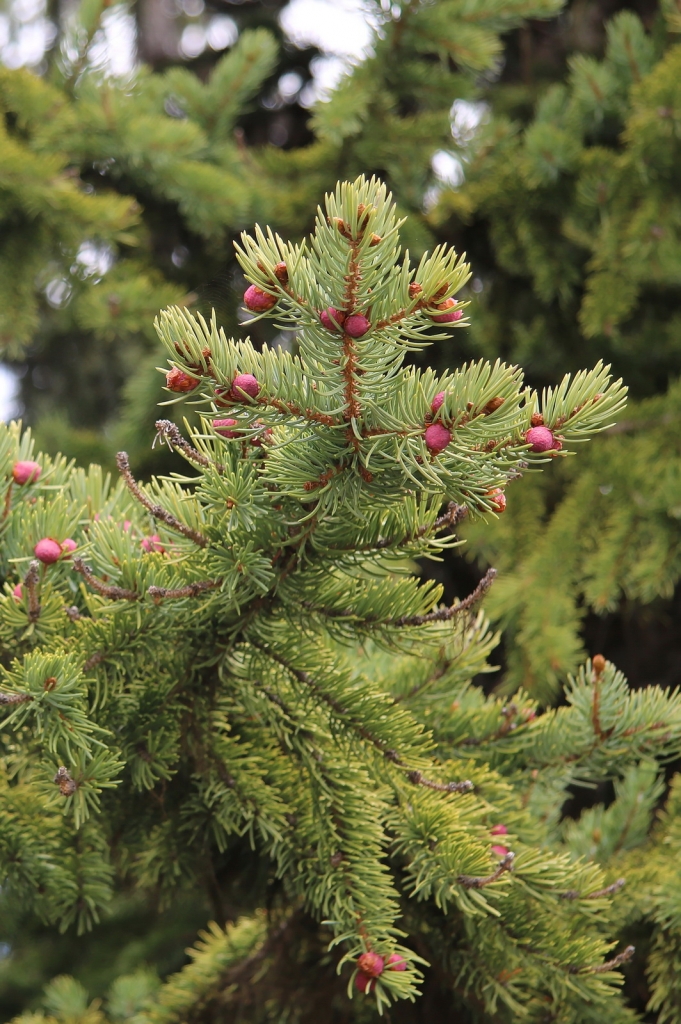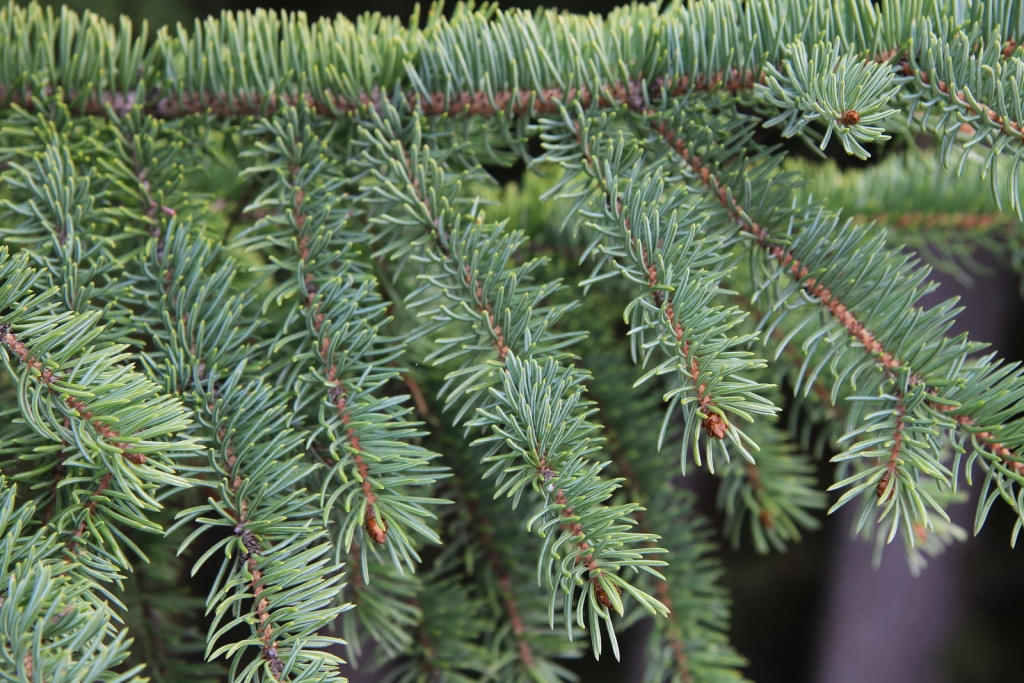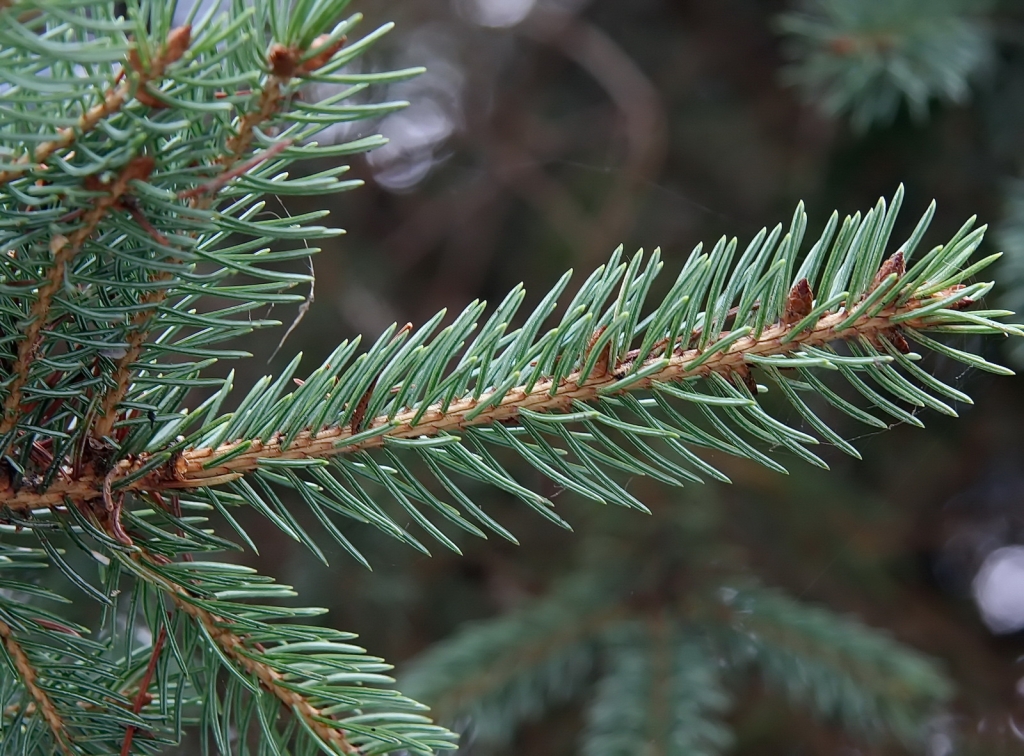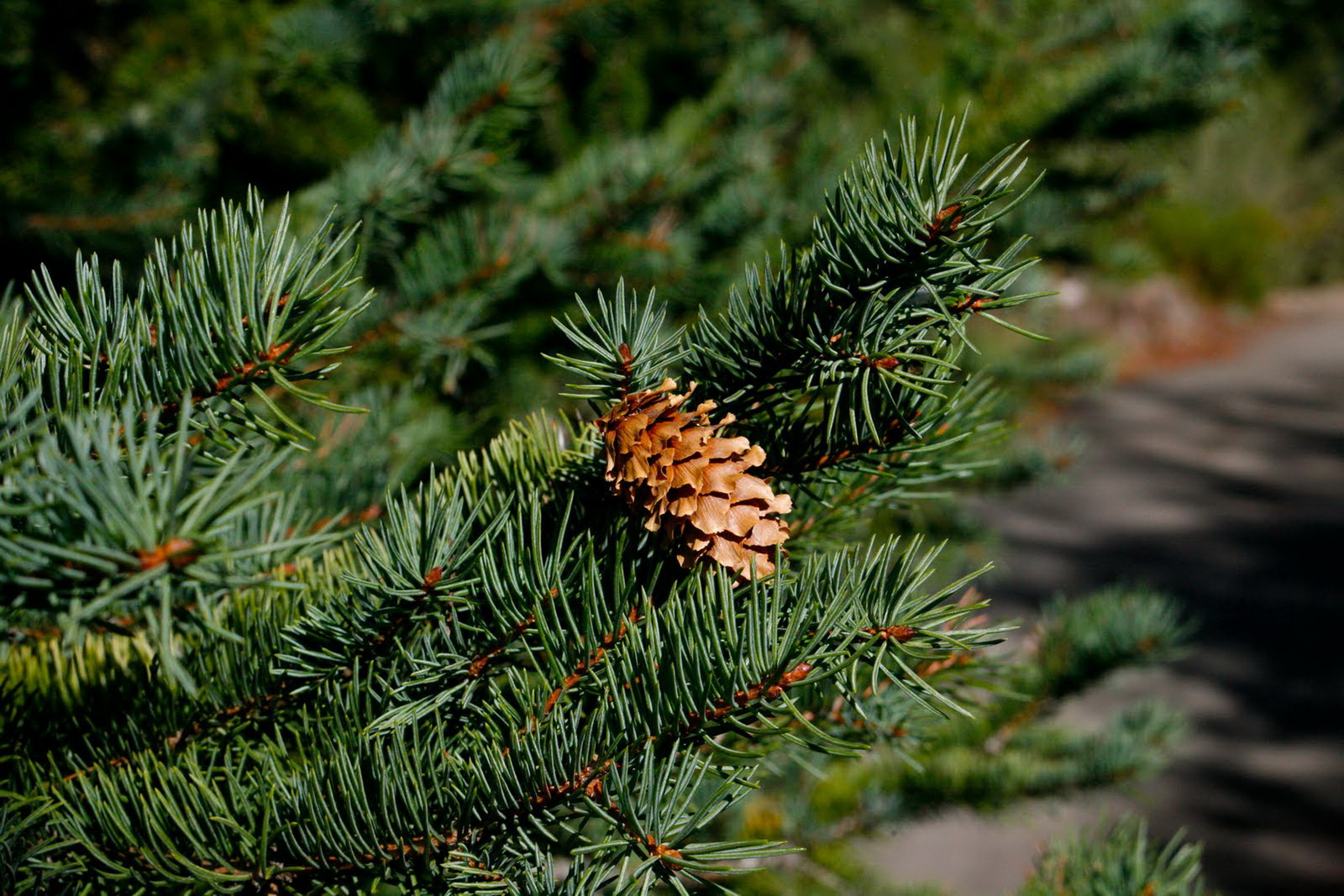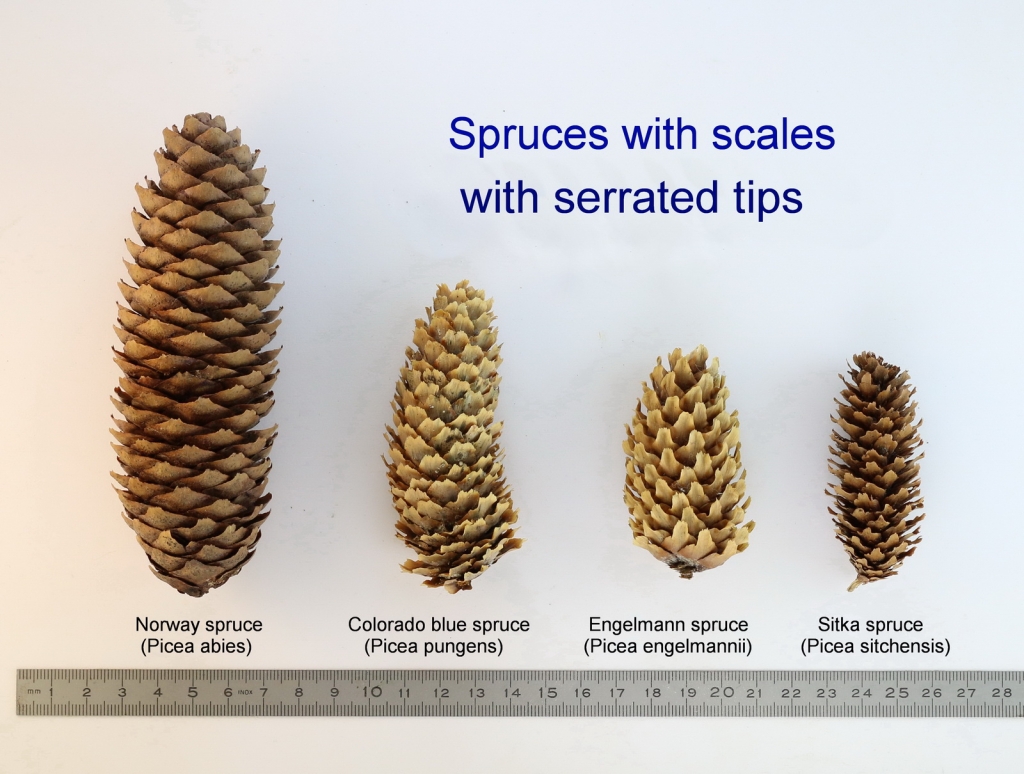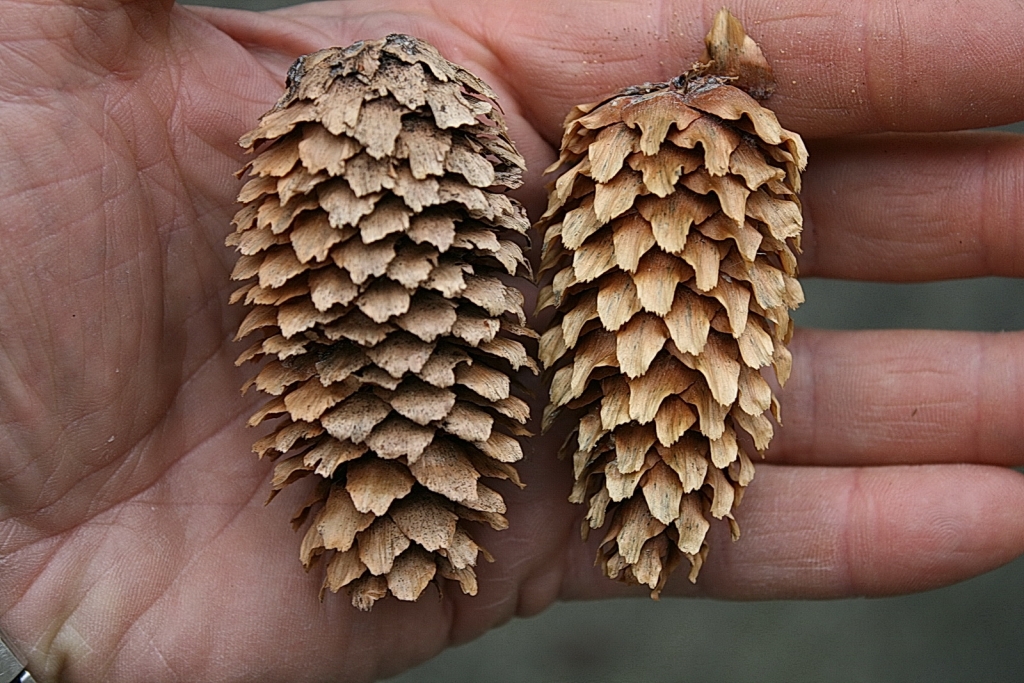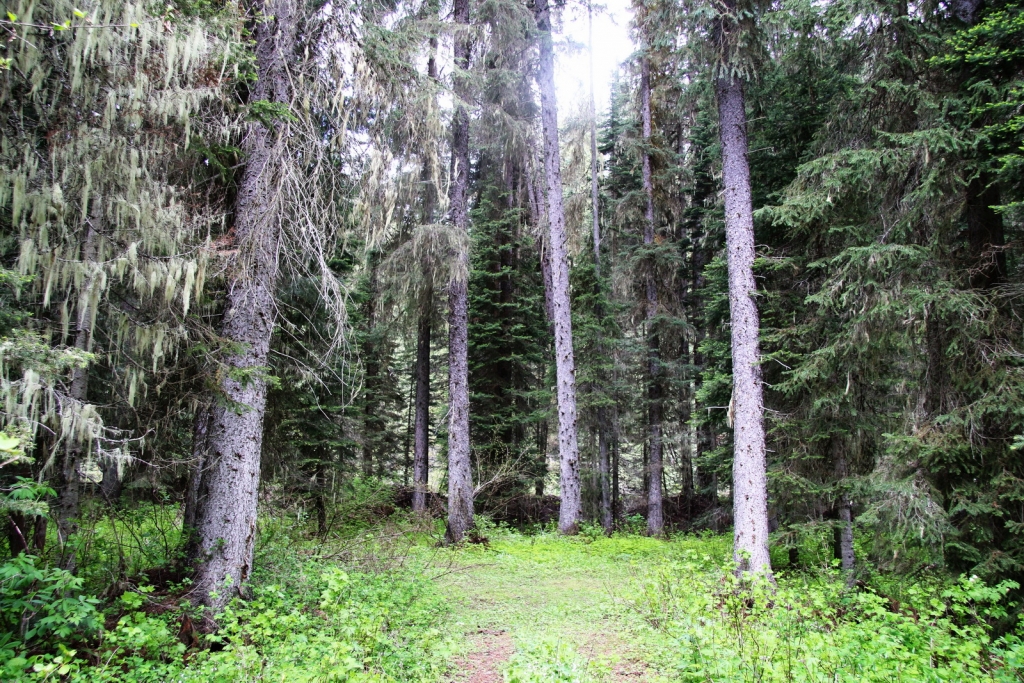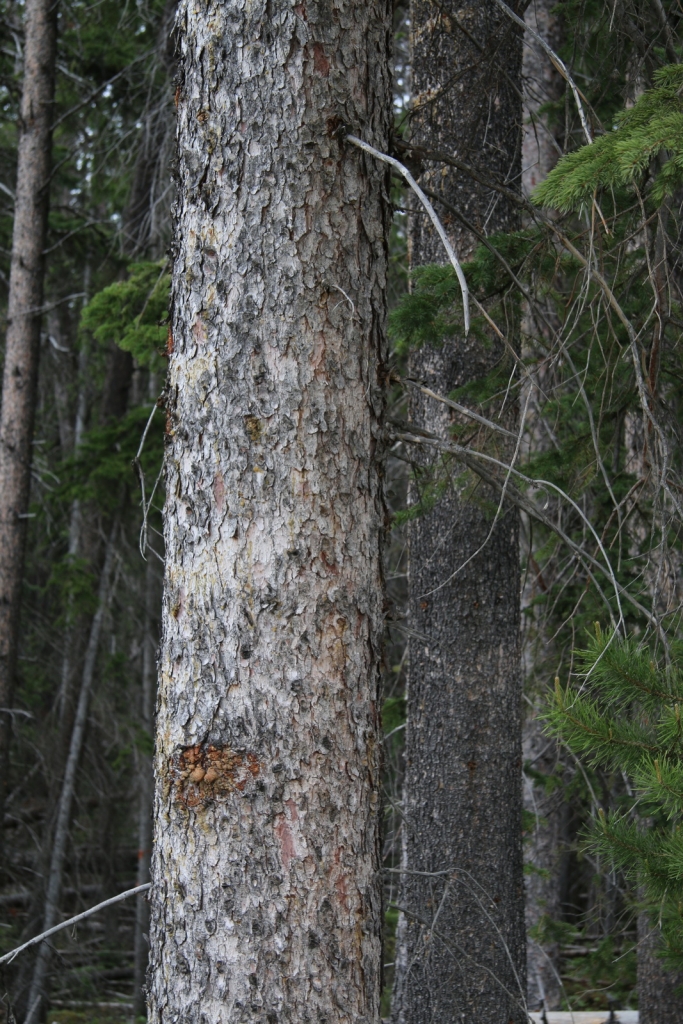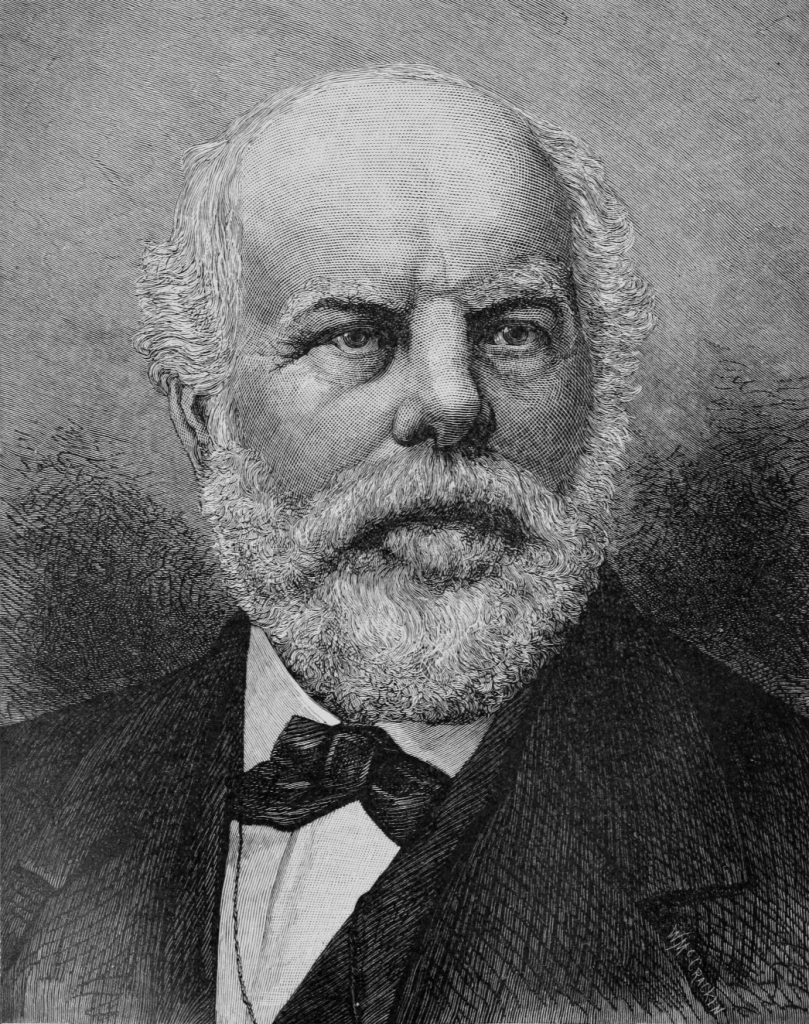Picea engelmannii, as described in 1863 by Charles Christopher Parry (1823-1890) ex Georg Engelmann (1809-1884), in Transactions of the Academy of Science of St. Louis, 2nd edition, is commonly known as Engelmann or Mountain spruce; as well as épinette d'Engelmann in the French Canadian language, or pino real in Spanish. The species name honors Georg Engelmann (1809-1884), a physician and botanist from St. Louis, Missouri, who undertook pioneering studies in North American cacti and yuccas, as well as of conifers.
There are two recognized subspecies:
Ethnobotany. Engelmann spruce is of economic importance for its wood, harvested for paper-making and general construction. Wood from slow-grown trees at high altitude has a specialized use in making musical instruments such as acoustic guitars, harps, violins, and pianos. It is also used to a small extent as a Christmas tree.
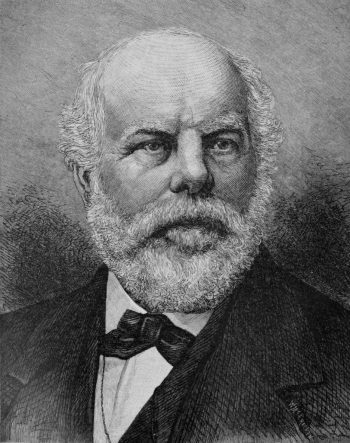

Description. Engelmann spruce is a medium-sized to large evergreen coniferous species of tree that grows to mature heights of 80 to 130 feet (25 - 40 m), exceptionally to 213 feet (65 m) tall, and with a trunk diameter of up to 4.5 feet (1.5 m) wide; and a narrowly conic crown in young trees, becoming cylindric in older trees.
Distribution. This species is native to Canada - Alberta and British Columbia; to the United States - Washington, Idaho, Montana, Wyoming, Colorado, Oregon, California, Nevada, Utah, Arizona, New Mexico. It will grow as krummholz at the alpine timberline. Engelmann spruce and subalpine fir (Abies lasiocarpa) form one of the most common forest associations in the Rocky Mountains. They can be seen, for example, in all Rocky Mountain National Parks from Jasper in Alberta, Canada to Rocky Mountain in Colorado. They also form a dominant forest type in eastern North Cascades National Park and the Pasayten Wilderness in Washington.
Hardy to USDA Zone 3 - cold hardiness limit between -40° and -30°F (-39.9° and -34.4°C).
Champion trees.
